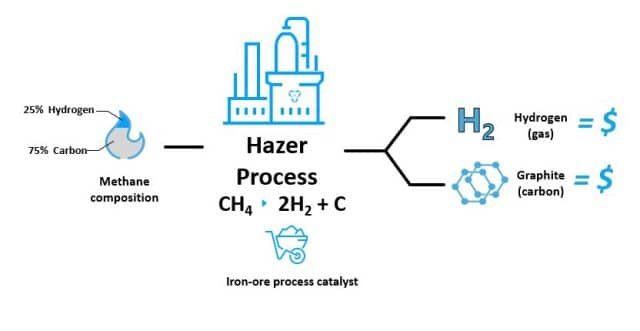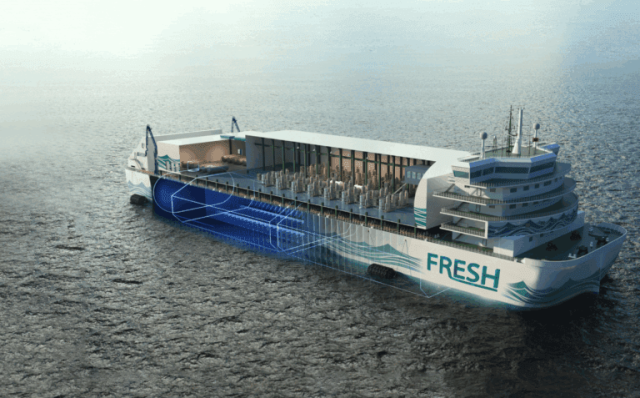Linde: nitrogen supply to Blue Point mega-project on the the US Gulf Coast
Linde will invest $400 million to build, own and operate the supply of nitrogen and oxygen to the Blue Point mega-project, a 1.4 million tons per year CCS ammonia joint venture from CF Industries, JERA and Mitsui & Co.









